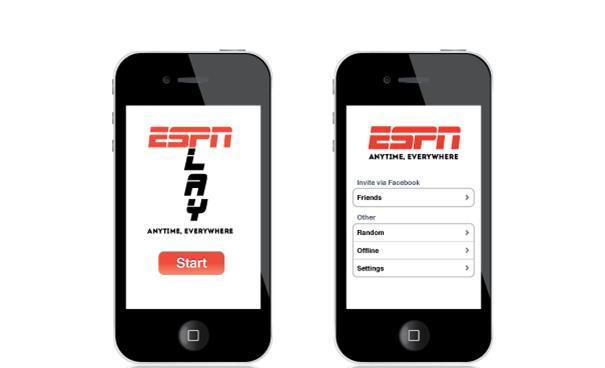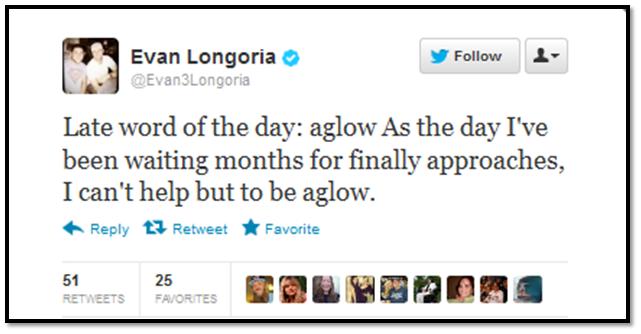There’s a thought permeating the world of traditional media that there are very few success stories for traditional brands that have made the turn to digital.
As old and new media companies struggle at times to “monetize” their audiences, the thinking is that the value of old-line brands have diminished as consumers flock around modern-day phenomena like Pandora, Groupon, Amazon, and Google.
But as Bloomberg Businessweek reported in a lengthy article published recently, the big exception is ESPN, a mega-media brand that has profited and grown during the transformation from analog to digital.
Now you may be thinking that ESPN had a major advantage, leaping into the all-sports world back in 1979. While the content in the early days was very shaky, its founders were smart enough to focus on just one thing and to execute it well – sports.
But if it was that simple to succeed, CNN would be the top dog in news today. ESPN’s approach, decision-making, and risk-taking are what separates it from other traditional brands – and provides great lessons for radio companies and their very best stations.
I won’t bore you with ESPN’s metrics – they’re well-documented in the article. But suffice it to say, head count doubling since 2005 to 7,000 employees and projected 2013 revenue in the neighborhood of $9 billion are the only numbers you need to know.
How do they do it? Here are some money quotes from some of the key players at ESPN as well as the author of the article. How do they square up with the way that other traditional media behave?
- ESPN president, John Skipper: “We never stop building.”
- “The company has moved aggressively into new media and platforms, without regard for how they may negatively impact the old.”
- Skipper: “Live drives the business.”
- NBA commissioner David Stern: “There is value on each platform, and the more platforms you have, the more value you can place against a right acquisition.”
- Skipper: “We have one revenue group, we have one ad sales group, so you don’t have factions fighting against this new digital group…We don’t have a lot of infighting. We have everybody incentivized so that’s it’s about the total amount of business we do.”
- 70% of sports content accessed on mobile devices comes from ESPN apps. John Kosner, EVP for digital & print: “We’re not afraid to be ahead of the market. You win by delivering what fans want, and then that becomes a fantastic advertising proposition and a great business.”
- Sports mega-personality Bill Simmons: “Anytime someone starts doing well at ESPN, they look at him, and they go, ‘Can he do TV? Can he do radio? The Web? What else can he do?’”
Building things, taking risks, launching new platforms, going where the fans are, building in incentives for new media, not being afraid to cannibalize the core product, hiring versatile multi-media talent – these are all the attributes that have contributed to ESPN developing into what it is today.
But this last quote from someone who doesn’t work there, James Andrew Miller, co-author of Those Guys Have All the Fun, speaks volumes about the passion of ESPN’s staffers:
“They’re always thinking they can do something bigger. They’re absolutely focused. It has to do with living in Bristol (CT). You don’t date ESPN. If you’re working there, you marry it.”
So how does that passion impact ESPN content? Well, when you think about it, they’re in a routine everyday just like we are at music and spoken word stations. Day after day, there are the songs, “War of the Roses,” and talk topics with open lines. How does ESPN instill a sense of creativity and greatness and surprise when you’re covering a 162 game baseball season – plus spring training, the playoffs, and the World Series?
Here’s how: a running story within this story is the return of Tampa Bay all-star third baseman Evan Longoria from the disabled list. An ESPN production assistant discovered this message from Longoria’s Twitter feed:
And so the ESPN team brainstormed about how they might bring something a little special to Longoria’s first game back. They come up with the idea of using a glow-stick based on his tweet. So every time Longoria appeared in a highlight, there was a little glow-stick nearby. When he did something great, the glow-stick brightened.
Now in the big scheme of things, does anyone notice these little touches? Do they care?
But that’s the sense of passion that ESPN employees bring to their content and their craft. And while there’s no direct ROI to this pursuit of excellence, those of us who know programming are nodding our collective heads about the long-term value of these small touches.
So the next time someone tells you how traditional media is wallowing, playing defense, shrinking, or simply cooked, you might want to remind them about ESPN.
And the next time you’re in a meeting and the room is struggling to figure out what it’s going to take to win in this crazy environment, you might want to Google Map a little place called Bristol, Connecticut.
Thanks to Saga’s Steve Goldstein – Mr. Brilliant at the Basics – for bringing this article to my attention.
- Media And Technology In 2025: Believe It Or Not! - April 18, 2025
- In Radio, You Just Never Know - April 17, 2025
- The Secret To Making A Great Podcast (And Great Radio) - April 16, 2025






Great article on a great company and as noted in the Evan Longoria story it’s sometimes those little things that really set you apart from everyone else.
Thanks, Johnny. So much of that attention to detail has been lost by having one PD for multiple stations. ESPN is a brand to admire.
Fred almost all the networks have done much more than brand extensions digitally. They have created multiple platforms on Cable which is paid content and advertising. Local Television has a ways to go with it’s brand extensions, however they caught print and are taking the lead. ESPN after all is a Disney product.
Thanks for those comments, Dave. The Disney influence is clearly present in ESPN’s success as well. Again, great lessons and a pathway for radio.
I read this article with great interest and thanks, as always, for great content. I believe ESPN has always had an advantage in the digital race over the average stations as they have always acted as a brand…not as a TV channel. For ESPN, it was always about the brand and then how to extend that brand into as many places as possible~ they saw TV as a medium to reach people and then it became radio, print, mobile, etc.
I don’t believe most radio stations have historically thought of themselves in this manner. Stations typically view themselves as distribution platforms rather than brands per se. The worry that a new platform will cannibalize their audience is the thought process of a distribution platform not a brand. This distribution platform mindset is also reflected in radio’s constant call-letter changes~ can you imagine if ESPN became Sports R Us one day? This wouldn’t happen because ESPN built their brand to be more than just a TV Channel where you go to watch sports.
So, yes, radio can certainly look to ESPN as a success story but as a brand success story and not as a distribution platform success story. If radio builds a brand that people will want to access no matter where they are then every new platform becomes an opportunity. Just as ESPN has learned.
Great comments, Jacquelyn. I think you’re right, and isn’t that the goal – build brands that people want to access and enjoy everywhere – opening up new distribution outlets, new cume, more avails, more revenue? You make great points and I appreciate you keeping the dialogue going. Thanks for taking the time.